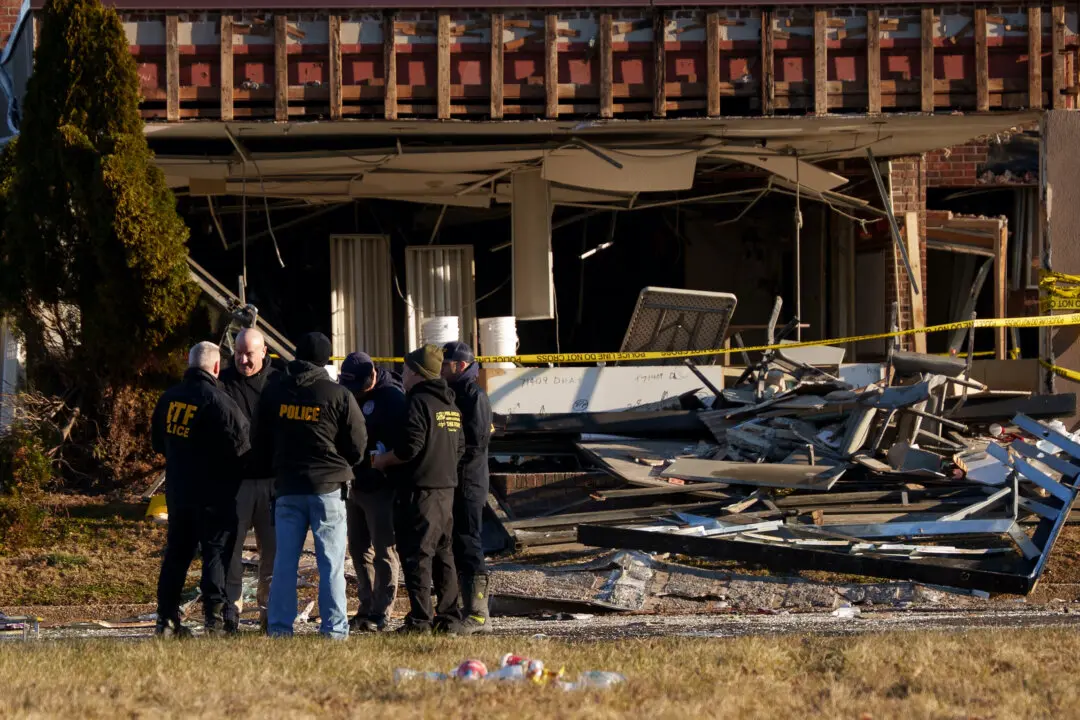CHARLESTON, W.Va.—Sitting in court since early October, spectator Judy Jones Petersen has heard plenty from the defense about a former coal CEO’s safety concerns but not much about how 29 men died — including her brother — in a fiery mine blast under that executive’s watch.
“That’s been the hardest part for me,” said Petersen, whose brother, Dean Jones, died in the explosion. “We can’t say a word about the loss of life here. My brother’s life doesn’t mean anything here to these jurors.”
Petersen, a physician from Charleston, realizes former Massey Energy CEO Don Blankenship is not on trial for killing those coal miners, or causing the 2010 explosion at Upper Big Branch Mine in southern West Virginia. Judge Irene Berger has emphasized that point to jurors.
Instead, prosecutors say Blankenship imposed a profits-trump-safety corporate mentality that could let a widespread disaster occur. He is charged with conspiring to break safety laws at the mine and lying about company safety efforts to investors and financial regulators.
While prosecutors pressed rare criminal charges against a top executive of a large, publicly traded company, the case has effectively kept details about the deadly explosion muzzled, obscured and mostly unmentioned to jurors.
The deadliest U.S. mine disaster in four decades has been fleetingly referred to as “the explosion,” used as a reference point in time, then mentioned no further.
Blankenship’s attorneys, meanwhile, used hundreds of documents to suggest he prioritized safety, but the company was hampered by spiteful federal regulators and hard-headed coal miners who wouldn’t follow instructions. They used a key government witness who headed a Massey subsidiary that oversaw Upper Big Branch, Christopher Blanchard, to say safety was important to Blankenship.





